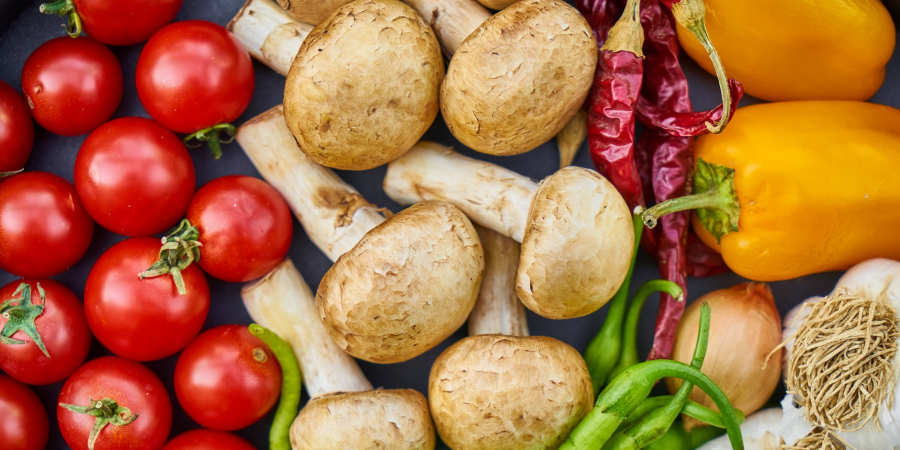

Hello everyone, Do you people enjoy recipes with mushrooms? We will discuss some of its health benefits and cultivation methods in this blog today. In the food kingdom, mushrooms which are members of the "Agaricus" family are categorized as vegetables, but they are not actually plants.
Actually, the portion of the mushroom that is visible is merely the vegetable's "fruit." Mushrooms are very good natural sources of Vitamin D.

Mushrooms need to be cooked in order to release their nutritional value because raw mushroom cell walls are indigestible.
On the other hand, mushrooms have a small number of vitamins and nutrients that have numerous health advantages. Eating mushrooms lowers blood cholesterol and, consequently, aids in the battle against diabetes and several cancers. We can lose weight and boost our immune systems with the help of mushrooms.
There are different types of mushrooms that you can consume. Among that, most common mushrooms are white button, cremini, chanterelle, shiitake, maitake, oyster, enoki, beech, and portobello etc.
Many of the roughly 14,000 varieties of mushrooms found worldwide are really mouthwatering complements to salads, soups, casseroles, sauces, and plant-based burgers.
Additionally, mushrooms are one of the few foods that naturally contain this micronutrient and the only veggie source of vitamin D as already said.
After discussing the nutritional content and health advantages of mushrooms, let's talk about how they are grown.
Composting
Compost is made from a mixture of paddy straw. It stays at about 50 degrees Celsius for a week.
Spawning
The mushroom seed is called spawn. In sterile circumstances, fungal mycelium is grown in grains to prepare it. Compost is used for seeding.
Casting
A thin layer of casting is done . It supplies humidity, supports the mushroom as it grows, and aids in temperature control.
Pinning
The small bud that mycelium is starting to create will eventually become a mushroom. We refer to those tiny white buds as pins.
Harvesting
The ideal temperature range for mushroom growth is 15 to 23 degrees Celsius. In a week, they grow 3 cm, which is the typical size for harvesting. Third week: This is the moment to collect the first flush of mushrooms.
The next step is preservation. The cultivation of mushroom has become more significant globally as a result of the dietary fiber and protein it provides.
I believe I have covered some helpful information about mushrooms in this blog. If you would enjoy having mushroom recipes, please leave a comment.
Thank you.


